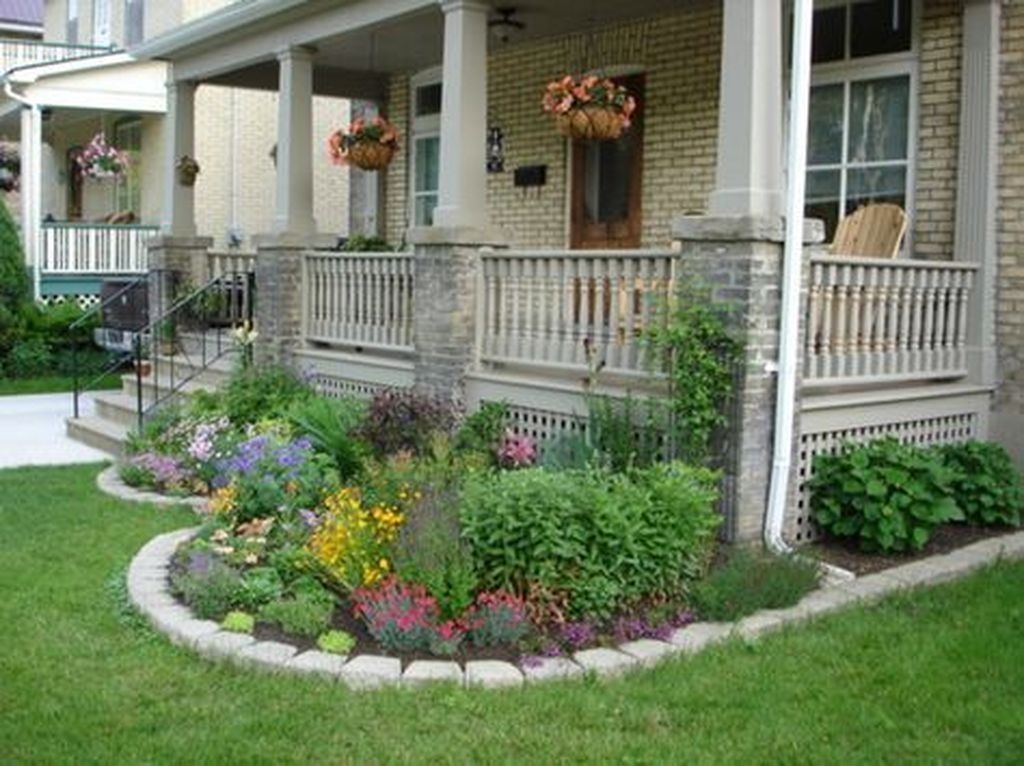Some Of Carole Middleton is passing her love of gardening on to her

The Main Principles Of EarthBox® - Successful Container Gardening Systems
Discover everything about Venus flytrap plants, including how to take care of them, feeding them, growing them indoors, and more.

What's Your Gardening Personality – Learn About Different Types Of Gardeners

Reduce Stress by Getting Out in the Garden - Garden Gate
Practice of growing and cultivating plants Gardening is the practice of growing and cultivating plants as part of gardening. In tipsforgardening.net , ornamental plants are typically grown for their flowers, foliage, or total appearance; useful plants, such as root vegetables, leaf veggies, fruits, and herbs, are grown for intake, for usage as dyes, or for medical or cosmetic usage. Gardening ranges in scale from fruit orchards, to long boulevard plantings with several various types of shrubs, trees, and herbaceous plants, to property back gardens including yards and foundation plantings, and to container gardens grown inside or outside. Gardening might be really specialized, with just one type of plant grown, or include a variety of plants in combined plantings.

Pandemic Gardens Are Trending: Fears Over Food Shortages Lead First Timers to Get Growing - PEOPLE.com
About Gardening - Old Farmer's Almanac
Forest gardening, a forest-based food production system, is the world's earliest form of gardening. Forest gardens came from prehistoric times along jungle-clad river banks and in the damp foothills of monsoon regions. In the progressive procedure of families enhancing their instant environment, helpful tree and vine species were identified, protected and improved while unwanted species were removed. Eventually foreign types were also selected and integrated into the gardens. After the development of the very first civilizations, wealthy people started to produce gardens for visual functions. Ancient Egyptian tomb paintings from the New Kingdom (around 1500 BC) provide a few of the earliest physical evidence of ornamental gardening and landscape design; they portray lotus ponds surrounded by in proportion rows of acacias and palms.
Rich ancient Egyptians utilized gardens for supplying shade. Egyptians associated trees and gardens with gods, believing that their deities were pleased by gardens. Gardens in ancient Egypt were frequently surrounded by walls with trees planted in rows. Among the most popular species planted were date palms, sycamores, fir trees, nut trees, and willows. These gardens signified greater socioeconomic status. In addition, wealthy ancient Egyptians grew vineyards, as red wine suggested the greater social classes. Roses, poppies, daisies and irises could all likewise be found in the gardens of the Egyptians. Assyria was likewise renowned for its beautiful gardens.

